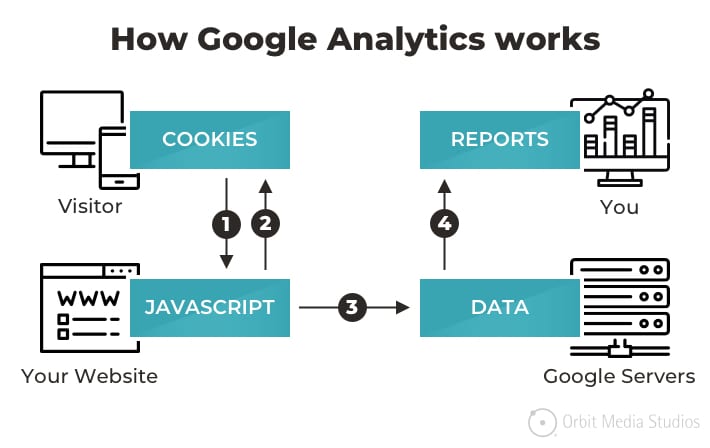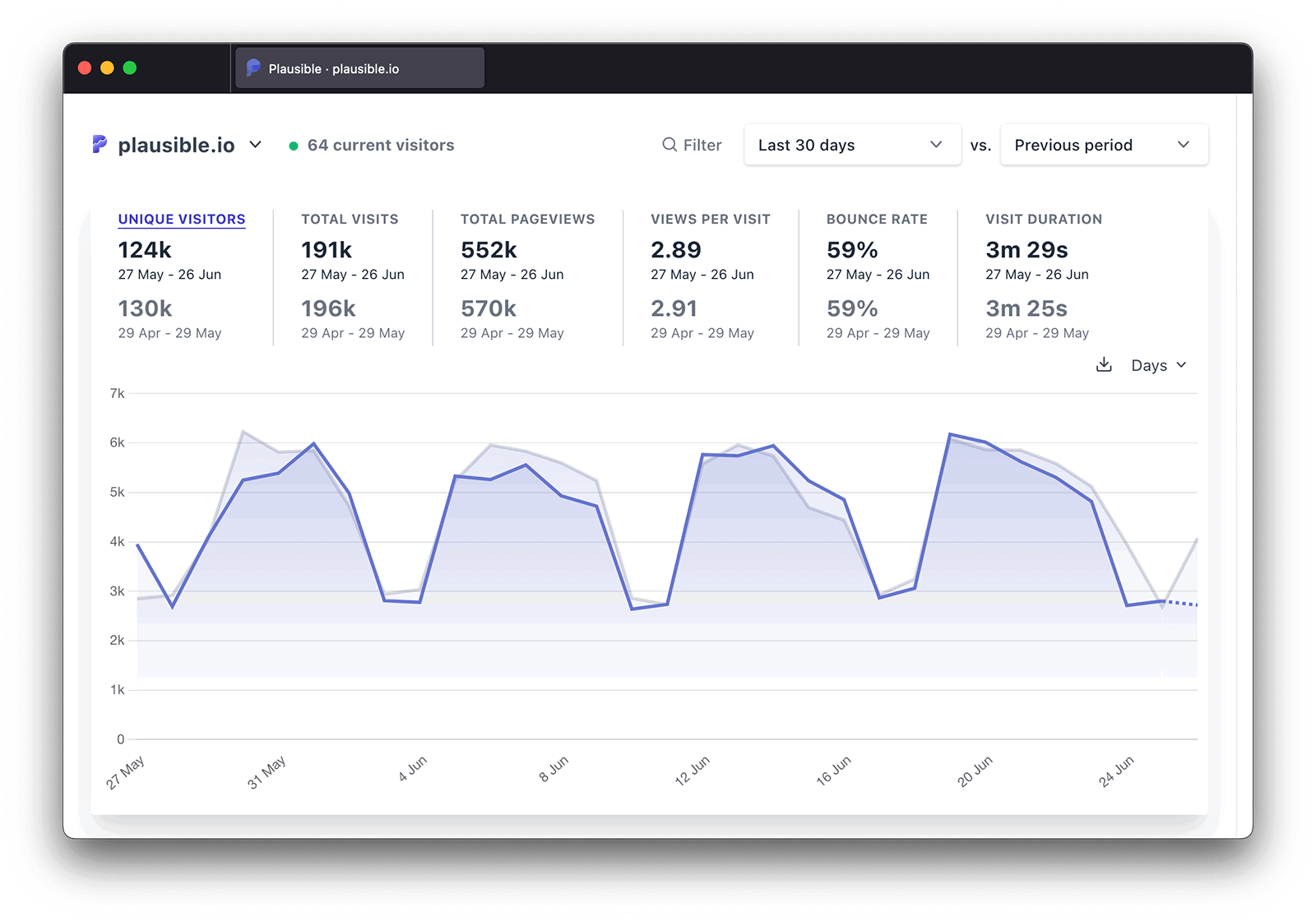Key Considerations for Marketing Professionals: When Does the Google Analytics Tracking Code Send an Event Hit to Analytics?
Master Internet Site Insights With Accurate Google Analytics Tracking Code
The effective application of Google Analytics pivots on the precise execution of its tracking code, a basic action usually ignored by site proprietors. What are the usual pitfalls that could threaten your monitoring initiatives, and exactly how can you guarantee precision in your approach?
Comprehending Google Analytics Basics
Google Analytics is a vital device for site proprietors and marketing experts, offering very useful understandings into individual actions and internet site performance. At its core, Google Analytics gathers information about site visitors to a site, permitting users to assess metrics such as web traffic resources, customer interaction, and conversion prices. Recognizing these fundamentals is crucial for maximizing a website's efficiency and improving customer experience.
The platform utilizes cookies to track communications, tape-recording information such as page views, session durations, and bounce prices. This info is accumulated and provided via personalized dashboards, enabling individuals to picture trends gradually. Trick efficiency indications (KPIs) can be kept track of, such as the overall number of individuals, new versus returning site visitors, and the geographical circulation of the target market.
Moreover, Google Analytics offers division features, permitting users to isolate particular website traffic resources or individual demographics for more targeted analysis. By grasping these foundational aspects, web site owners can make educated decisions about content method, advertising and marketing projects, and general site improvements. Ultimately, understanding Google Analytics basics is important for leveraging data to drive growth and attain organization goals effectively.
Establishing Your Monitoring Code

Replicate the provided monitoring code and paste it into the HTML of your web site. This guarantees that the tracking code lots before any type of other web content, enabling it to catch data properly.
After setup, verify that the monitoring code is working correctly by utilizing Google Tag Assistant or the Real-Time reports in Google Analytics - when does the google analytics tracking code send an event hit to analytics?. This step is vital to validate that your data collection is energetic and exact, establishing the foundation for insightful analysis
Usual Tracking Code Issues
This may happen when the monitoring code is put in the incorrect area of the site's HTML, usually leading to insufficient or missing information. In addition, having multiple circumstances of the monitoring code on a solitary page can result in inflated metrics, as individual communications could be counted a lot more than when.
One more issue emerges from making use of advertisement blockers, which can stop the monitoring code from carrying out altogether, hence skewing data. when does the google analytics tracking code send an event hit to analytics?. In addition, failing to set up filters properly can result in the exemption of crucial traffic sources or the inclusion of undesirable reference spam, distorting the information gathered
Web site proprietors might additionally forget the value of monitoring code updates, specifically when moving to Google Analytics 4 (GA4) from Universal Analytics. Finally, not enough screening prior to introducing changes can result in undiscovered errors in the tracking code, further complicating data reliability. Dealing with these common issues is important for guaranteeing precise tracking and informative analytics.
Analyzing Site Data Effectively
Exact information collection is only the very first step in leveraging Google Analytics; the real worth depends on successfully examining that data to drive informed decision-making. To achieve this, it is necessary to recognize crucial performance indicators (KPIs) that line up with your company objectives. Focus on metrics such as conversion prices, individual engagement, and website traffic resources, as these will give insights right into individual actions and the general effectiveness of your website.
Using Google Analytics' segmentation attributes permits a much deeper understanding of your target market. By breaking down information into particular demographics, habits, and traffic networks, you can uncover patterns and patterns that notify targeted techniques. Implementing custom-made reports and dashboards can simplify this process, making it possible for quick accessibility to relevant information.
Furthermore, consistently examining information trends with time assists to identify abnormalities and possibilities for renovation. Use visualization tools to existing information in a conveniently digestible format, promoting more efficient interaction with stakeholders. Inevitably, the ability to evaluate web site information efficiently encourages businesses to make tactical decisions that boost user experience, enhance advertising initiatives, and drive development.

Finest Practices for Accurate Monitoring
Executing effective monitoring see it here methods is vital for acquiring dependable information in Google Analytics. To guarantee precise tracking, begin by correctly setting up the Google Analytics tracking code on every page of your website. This can be achieved through a tag manager or by directly installing the code into the HTML.
Next, configure your Google Analytics account to omit internal web traffic. This can be done by establishing filters that identify and eliminate gos to from your company's IP address, thereby avoiding manipulated information. Furthermore, make use of occasion monitoring to monitor details user interactions, such as downloads or video plays, which common web page sights might forget.
Routinely audit your monitoring arrangement click now to validate that all attributes, such as goals and ecommerce monitoring, are operating properly. Establish a consistent naming convention for your projects and occasions to assist in easier reporting and analysis.
Lastly, consider leveraging UTM specifications for projects to get understandings right into the performance of various advertising initiatives. By complying with these finest practices, you can enhance the accuracy of your data collection and evaluation, eventually bring about more informed decision-making for your internet site.
Final Thought
Exact execution of the Google Analytics tracking code is essential for grasping internet site insights. By guaranteeing the tracking code is properly put and consistently investigated, internet site proprietors can capture vital individual interaction data, hence facilitating the recognition of essential performance indicators. Effective evaluation of this information, integrated with adherence to best practices, enables educated decision-making and the optimization of on the internet techniques. Ultimately, a robust monitoring framework boosts the capability to drive engagement and improve general site efficiency.

Insufficient screening prior to introducing changes can result in undiscovered mistakes in the tracking code, additionally complicating data integrity.Carrying out efficient tracking techniques is critical for acquiring dependable data in Google Analytics. By making certain the monitoring code is properly put and consistently examined, web site owners can record vital user communication data, hence assisting in the recognition of crucial performance indications.